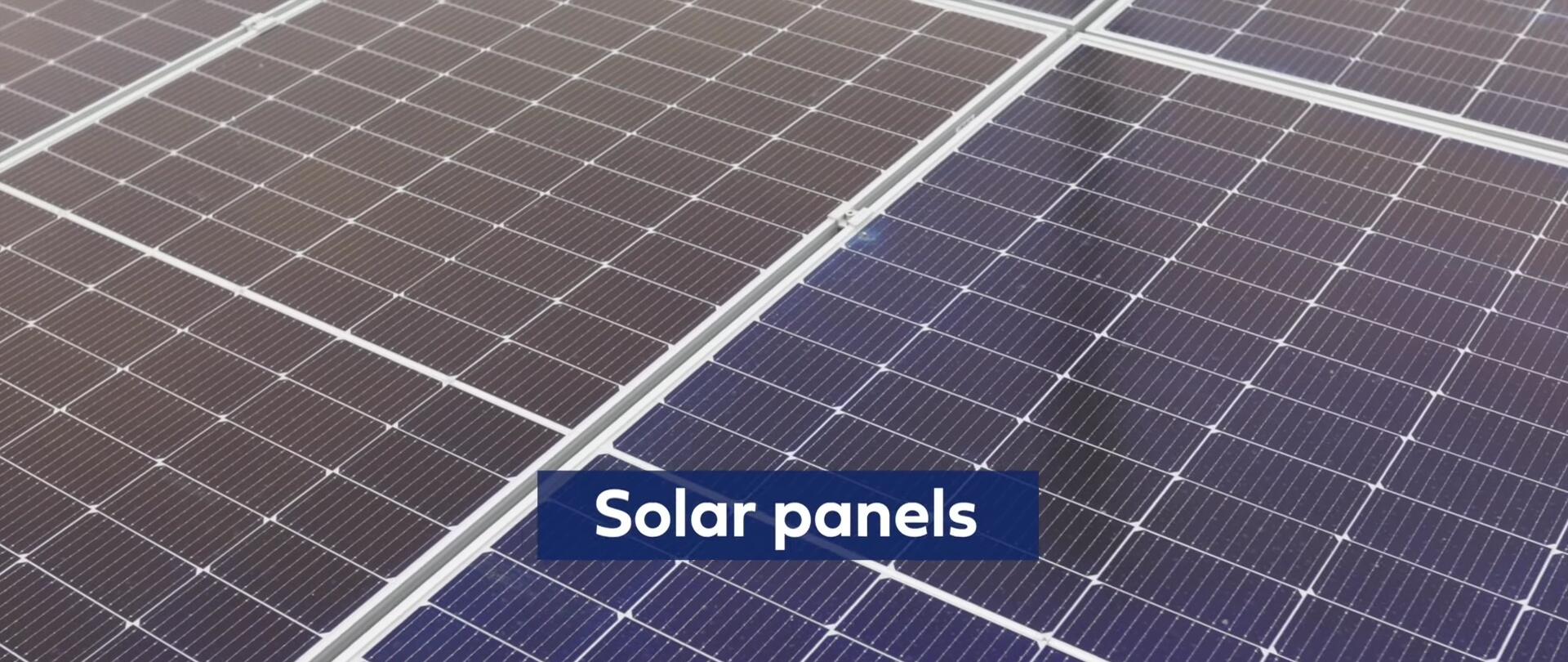Air source heat pumps are increasingly popular for their eco-friendly heating and cost-effective operation. However, maximizing their efficiency requires understanding and implementing optimal operating strategies. This guide delves into key practices to unlock the full potential of your air source heat pump, ensuring both significant energy savings and consistent home comfort. We'll explore how seemingly small adjustments to your system's settings can have a dramatic impact on its performance and longevity.This article provides actionable advice on maximizing air source heat pump efficiency, focusing on practical steps for homeowners. We cover essential aspects like thermostat settings, weather compensation, continuous operation strategies, and hot water management tailored to different energy sources. By following these guidelines, you can significantly reduce energy consumption, lower your heating bills, and contribute to a more sustainable future while enjoying consistent warmth in your home.
Pros And Cons
- Efficient when run continuously
- Provides consistent thermal comfort throughout the day
- Inefficient if radiators are shut down (oversizes the system)
- Can cause cycling and excessive running costs if not managed properly
- Low and slow heat delivery compared to gas boilers
Read more: Nuwave PIC Titanium Induction Cooktop Review: A Mixed Bag of Features
Thermostatic Radiator Valves (TRVs): Maximize Heat Distribution
Thermostatic Radiator Valves (TRVs) are crucial for efficient air source heat pump operation. Unlike gas boilers, where individual radiator control is common, heat pumps benefit from consistently running at their calculated heat output. Keeping all TRVs open prevents the system from overworking and incurring excessive running costs. This ensures that your heat pump operates at its designed capacity and maintains consistent home temperatures.

Don't adjust TRV settings individually; instead, let your air source heat pump control the overall temperature. A properly sized system, designed for your home’s heat loss, will deliver consistent warmth without the need for manual adjustments. Closing TRVs can lead to inefficient cycling, increased energy consumption, and unnecessary wear on the pump.
Weather Compensation: Adapting to Changing Temperatures
Weather compensation is key to maximizing the efficiency of your air source heat pump. This feature automatically adjusts the water flow temperature based on outdoor temperature fluctuations. As temperatures drop, the system increases the flow temperature to maintain optimal heating performance. This prevents the system from overworking in cold weather, saving you energy and money.
Most modern systems automatically adjust weather compensation. However, if you have a system that requires manual adjustment, consult your installer’s manual or refer to the manufacturer's instructions. Properly configured weather compensation is vital for sustained energy efficiency.
Heating Schedules: Continuous Operation for Optimal Efficiency
Unlike gas boilers, air source heat pumps operate most efficiently when left running continuously. Their low and slow heating approach provides consistent comfort throughout the day, unlike the rapid heating and cooling cycles of gas boilers. This constant operation minimizes start-up energy loss, maximizing the efficiency of the entire system. The most efficient strategy is to maintain a consistent temperature, with a small setback overnight.

Program your system to maintain a constant temperature throughout the day, with a slight reduction during nighttime hours. This reduces energy consumption while ensuring comfort. Avoid frequent on/off cycling, which wastes energy and reduces the lifespan of your heat pump.

Hot Water Management: Optimizing for Your Setup
Hot water management depends on your household's hot water usage and any additional energy sources you have. Without solar panels or batteries, reheating is most efficient. This involves setting a desired temperature around 47-48°C, allowing the heat pump to continuously maintain it. Solar panels can shift water heating to midday when solar energy is abundant.

If you have solar panels, prioritize heating water during the sunniest periods to leverage the free energy. Battery storage enables night-time heating when electricity costs are lower. Check if you qualify for a special heat pump tariff, which may make night time hot water heating more cost effective.
Conclusion: Key Considerations for Air Source Heat Pump Efficiency
Optimizing air source heat pump efficiency requires a holistic approach. Leave TRVs open for consistent heat distribution, utilize weather compensation for temperature adaptation, and establish a continuous heating schedule. Tailor your hot water heating strategy to your energy sources and tariff structure. By following these guidelines, you can maximize energy savings, enhance comfort, and prolong the lifespan of your heat pump system.
Remember, consulting your installer or manufacturer's instructions is crucial for system-specific optimization. Regular maintenance is also vital for sustained performance and efficiency. While initial investment may seem high, the long-term energy savings, environmental benefits, and consistent comfort outweigh the initial cost.
